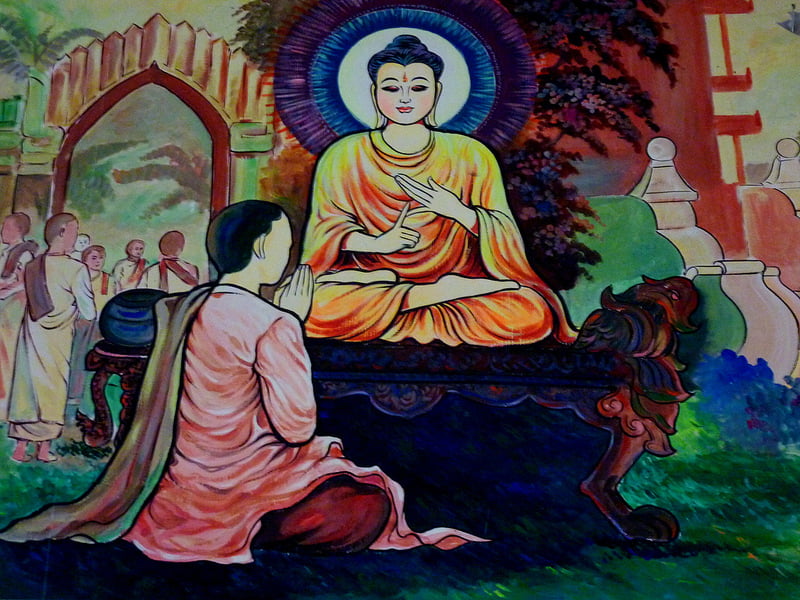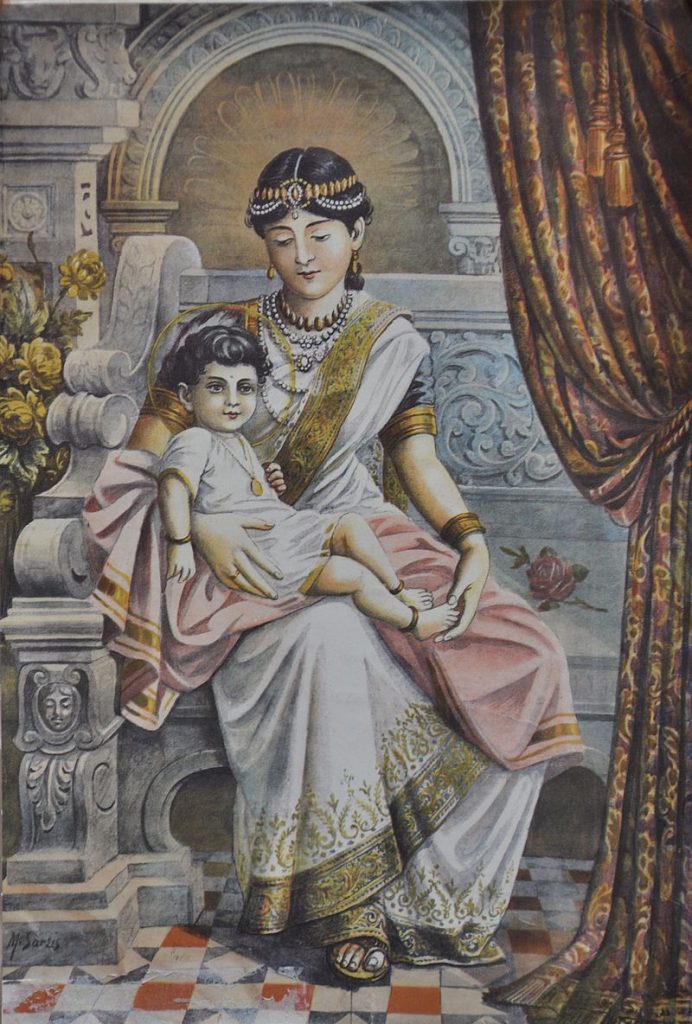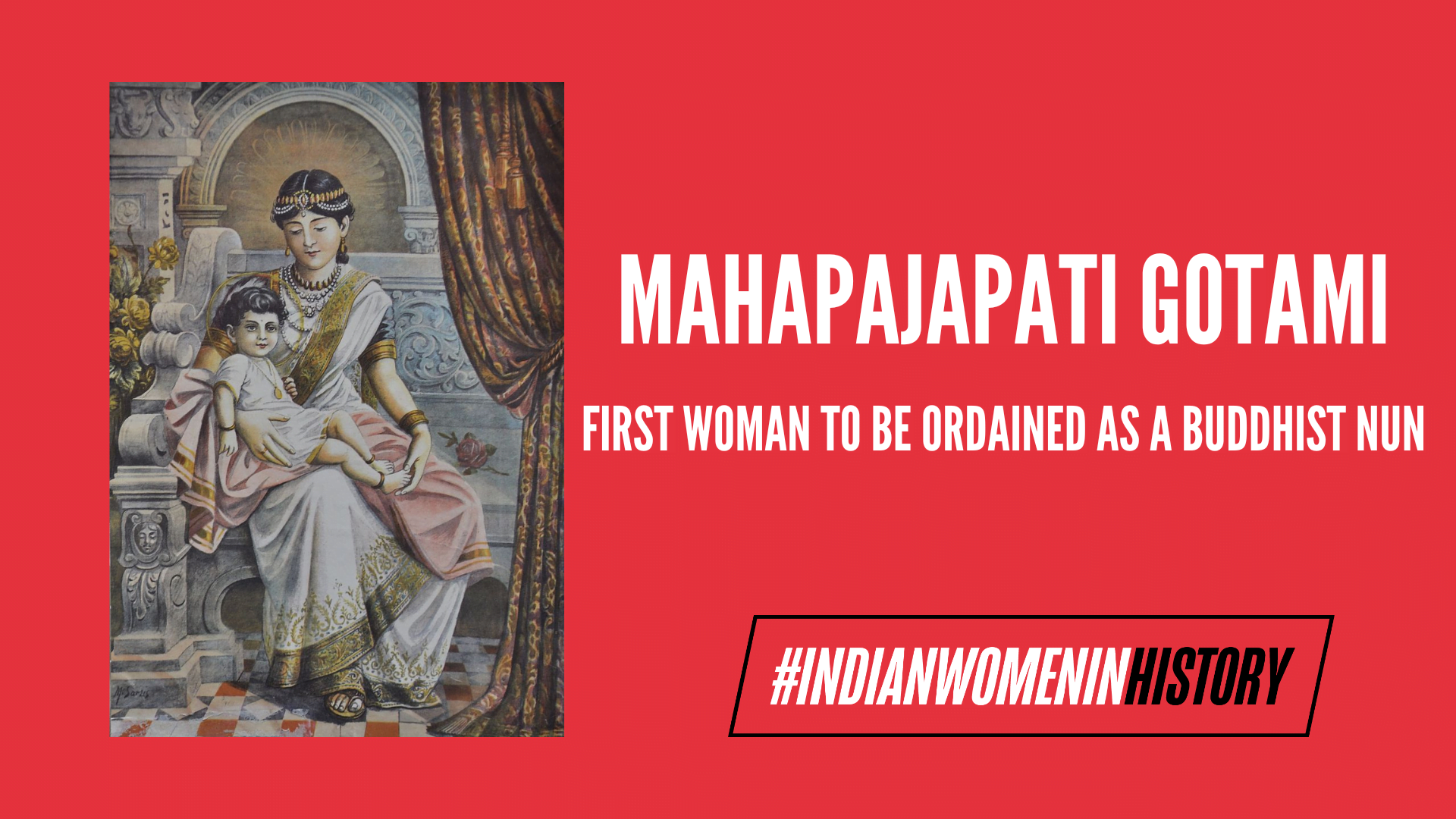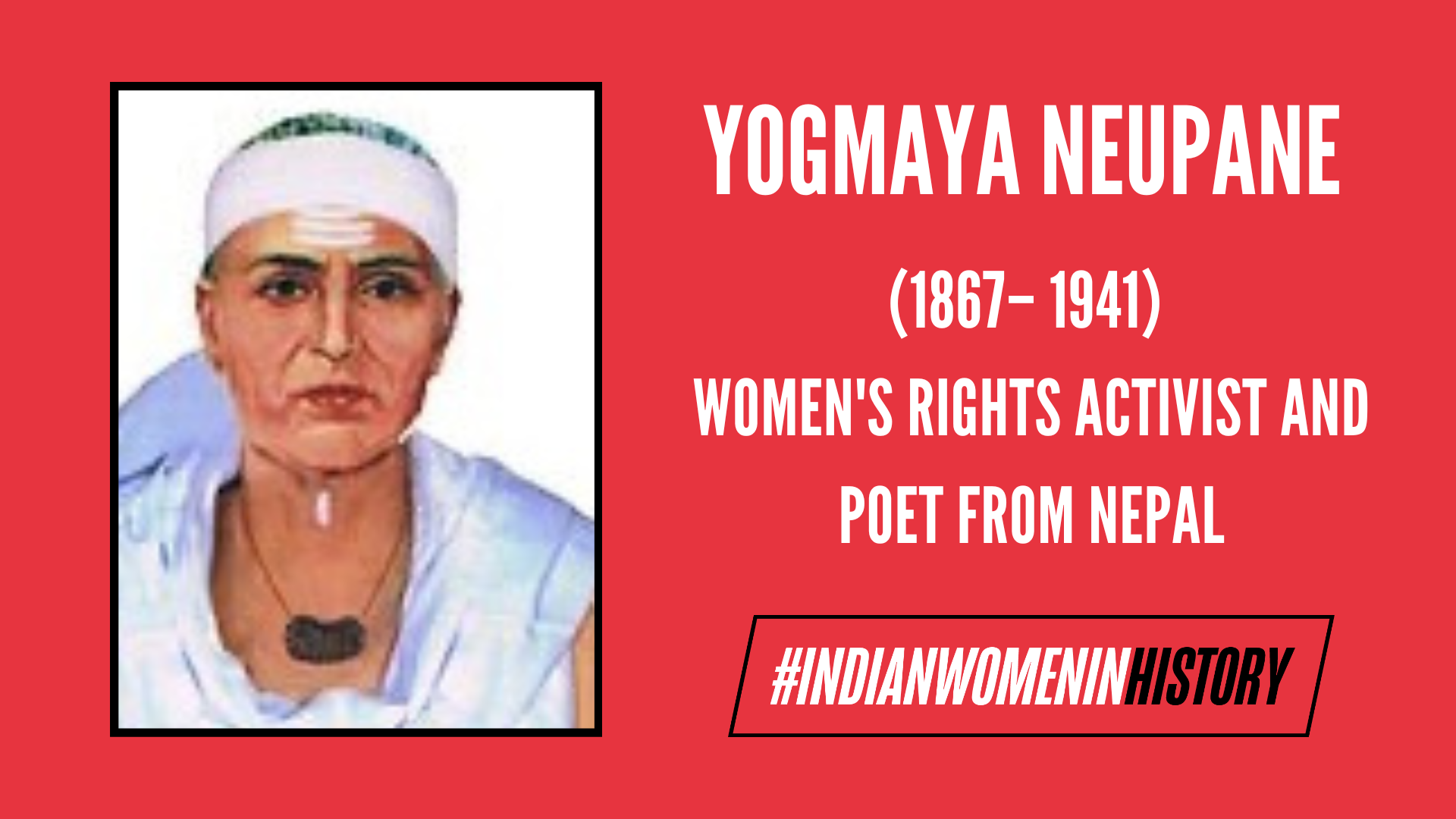Women constitute the ‘other,’ in any society of graded inequalities and ascriptive hierarchies. In ancient India normative Sanskrit texts formed the superstructure of Brahmanical patriarchy by assigning derogatory labels to women and Sudras as a cultural tool to justify their oppression and deprivation of material and cultural resources. Every aspect of Brahmanical social theory from verses to rituals and systems of crime and punishment was meant to reinforce the status quo of caste-based patriarchy.
The subversion project was far from complete because subaltern groups devised ingenious forms of thinking and being to assert themselves in the face of oppression. The life of Mahapajapati Gotami, the first woman to be ordained as a nun in Theravada Buddhism, must be placed in this continuous interplay of domination and resistance.
Voices of dissent
The sixth century BC witnessed multiple developments that strengthened the clout of Brahminism and caste system in India namely the discovery of iron enabling the expansion of cultivation and appropriation of agricultural surplus giving rise to private property in agriculture, breakdown of the lineage-based polity giving way to states comprising of standing armies, large bureaucracies, elaborate systems of revenue collection and complication of sacrificial rituals, urbanisation, expansion of coinage and trade.

The vast state apparatus could develop by power structures that exercised severe control on the labour of Sudras. The ideological apparatus of this caste-based hierarchical system based on the exploitation of labour was provided by the Vedic Brahminic religion which proclaimed that the rigid Chatur varna system based on ascriptive status was divinely ordained and was the product of one’s actions in past life. This deification elevated this doctrine beyond any scrutiny and questioning. Religion and culture were thus effectively employed to preserve the caste-based status quo.
In every society characterised by inequalities of material and cultural resources, there exists a repressed substratum of dissident beliefs born out of the lived experience of deprivation of people from below. This substratum is the space for creativity, questioning and resistance against the society of power, property and patriarchy.
In the Indian context, multiple heterodox sects emerged in response to the growing concentration of power in the hands of the Brahmins. These sects challenged the elaborate rituals and complicated dogma of the Sanskrit scriptures. They established and propagated the idea that spiritual emancipation was possible by every individual irrespective of caste and gender and treated every member of their sect equally. This tradition of materialist sceptics came to be known as the Shraman. Thus, the ancient Indian social system was characteristic of these dynamic patterns of dominance and resistance.
Buddhism originated materially and intellectually in this context of social flux. Buddha was born as Siddhartha Gotama in 563 BC in the republican Sakya clan of Kapilvastu. It was one of the republican confederacies that moved eastwards of the Ganga-Yamuna valley in the foothills of the Himalayas to prevent their conventional social system from coming under the state with its bureaucracies and centralised taxation systems. Heterodox ideas were well prevalent in such republics which influenced Buddha’s heterodox thought and action.
The social philosophy and praxis of Buddhism turned out to be emancipatory because it offered an effective trajectory to subaltern people for individual and collective liberation by offering a middle path between the extreme asceticism of the sophists and excessive and unnecessary rituals of the Brahminic tradition. After all, either of the two could not be afforded by the subaltern people given their material and cultural constraints.
Buddha emphasised values such as ahimsa (non-violence) Prajna (rational and humanistic application of knowledge), karuna (compassion) and samata (equality) as precedents to attain enlightenment. The emphasis on conduct, ethics and morality was an epistemological break from Brahminism because given the fact that right conduct was essential for enlightenment birth-based superiority meant that everyone was capable of attaining enlightenment irrespective of their social standing. This turned out to be an emancipatory possibility for women and Sudras who formed a major bulk of ascetics in early Buddhism. This principle was reflected in the institutional organisation of the Sangha, the monastic order of monks and nuns. Every decision was taken through deliberation and consensus in which every vote had the same value.
Women entered the Sangha in large numbers because it provided them with the institutional possibility of self-expression, denied any avenue of living other than that of a householder. Although bhikkhunis were assigned a lower status in the Sangha vis-à-vis the bhikkhus, the Sangha nonetheless provided women with the opportunity to practice and preach a religion, write religious treatises and take part in deliberative decision-making in sharp contrast to the alienated form of existence women across all social stratum were relegated to stripped of all economic and cultural rights.
The transformative role of Buddhism accounts for the fact that nuns continued to play important religious, political and economic roles in Theravada Buddhism till the early medieval period.
The historical significance of Mahapajapati Gotami lies in the fact that she provided leadership and direction to the first community of nuns.
Mahapajapati Gotami, her life and transformative role in Buddhism
The Sangha was a product of its times and so patriarchal stereotypes were inherent in the organisation of the Sangha. The bhikkhunis accepted these perceptions, yet they created alternative avenues for themselves to articulate their autonomy. The life and work of Mahapajapati Gotami is a testimony of this creativity.

The precise date of Mahapajapati Gotami’s birth cannot be ascertained because the hagiographies in Pali assign an exceedingly long life span to her. The Gotami Apadana a collection of Pali eulogies composed by nuns in the second century BCE describe her as the foster mother and maternal aunt of Gautama Siddhartha who nurtured him after his mother, Mayadevi’s demise. She led a group of 500 women who were either widowed or witnessed their spouses being renunciants to Buddha’s retreat in Kapilvastu.
When Buddha refused her plea several times, she and her followers shaved their heads, adorned the robes of nuns and accompanied him to Vaisali, crossing a distance of hundreds of miles withstanding physical and mental agony. The fact that the journey was undertaken completely by themselves without the accompaniment of any male counterpart itself turns out to be a significant political act in itself because it shows the persistence and determination of women for their collective liberation. Gotami and her fellow nun’s act can be described as an assertion of their ‘right to religiosity.’
Although a detailed account of Mahapajapati Gotami’s life is difficult to map from the available sources references to the Gotami Apadana. The text reveals that she was appointed as the senior-most bhikkhuni by the Buddha. There are references to Gotami serving as the leader of the bhikkhuni-sangha socialising the newer recircuits into the nunnery and arguing with ignorant people against the stereotype that women did not possess the qualities of attaining nirvana. Several inferences can be drawn from these accounts, though often exaggerated.
The depiction of Mahapajapati Gotami as the female counterpart of Buddha shows that owing to her seniority and proximity to the Buddha she was the spiritual shelter of the bhikkhunis in crossing the river of transcendence by shedding off their previous identities. Frequent references to miracles illustrate her astute decision-making capabilities and intellectual depth. Her biography in the Gotami Apadana illustrates that she made the collective liberation of her inmates a central point of her spiritual enlightenment. The version of the Apadana describes her passing away or Maha Parinibbana narrates that all 500 of her inmates crossed the river along with her.
Mahapajapati Gotami’s role as a dharma-mother, teacher and religious leader is best illustrated by her veneration by the next generation of nuns as the female counterpart to Buddha. She enabled the nuns to discover their autonomous voices amidst the androcentric regulations and inferiority imposed upon them by the Sangha. The fact that women contributed significantly to the growth and intellectual depths of Buddhism can be attributed to Mahapajapati Gotami and her leadership in providing a solid foundation for feminine religiosity in Buddhism.
A look into the present
The role played by women in providing social depth to Buddhist women has been historically continuous. The community economic incentives undertaken by women converts to Navayana Buddhism show that educated Dalit women instilled with radical neo-Buddhism of Dr B.R. Ambedkar have developed financial networks of micro-credit schemes, community investment and support in these schemes, providing one another with knowledge of financial incentives and collectively investing this amount in sponsoring the education of their community, building public libraries and viharas. This turns out to be extremely significant because Dalits in general and Dalit women, in particular, find it extremely difficult to access the market owing to the hegemony of dominant caste capital in it.
The religious belief of Navayana Buddhism has fundamentally changed the self-perception and community outlook of the Dalit women paving the way for a better quality of life both materially and spiritually. Thus marginalised women have used Buddhism as a metaphor of emancipation across a broad historical continuum.
References:
- https://www.jstor.org/stable/1062715
- https://ebin.pub/debrahmanising-history-dominence-and-resistence-in-indian-society-9788173046483.html
- https://www.epw.in/journal/2023/44/alternative-standpoint/economic-transformations-among-navayana%C2%A0buddhist.html
About the author(s)
Rohin Sarkar (preferred pronouns: he/him) is an eighteen year old teenager obsessed with critical theory, Anarchist studies and Ambedkarite literature. His passion other than academics include poetry by Faiz Ahmed Faiz and Habib Jalib along with Anarchist punk by David Rovics. He also enjoys Oxford style and British Parliamentary debating because it enables him to speak his mind without fear of being censured. When not studying or debating he is chatting on politics with his friends either on WhatsApp or in the college premises.





